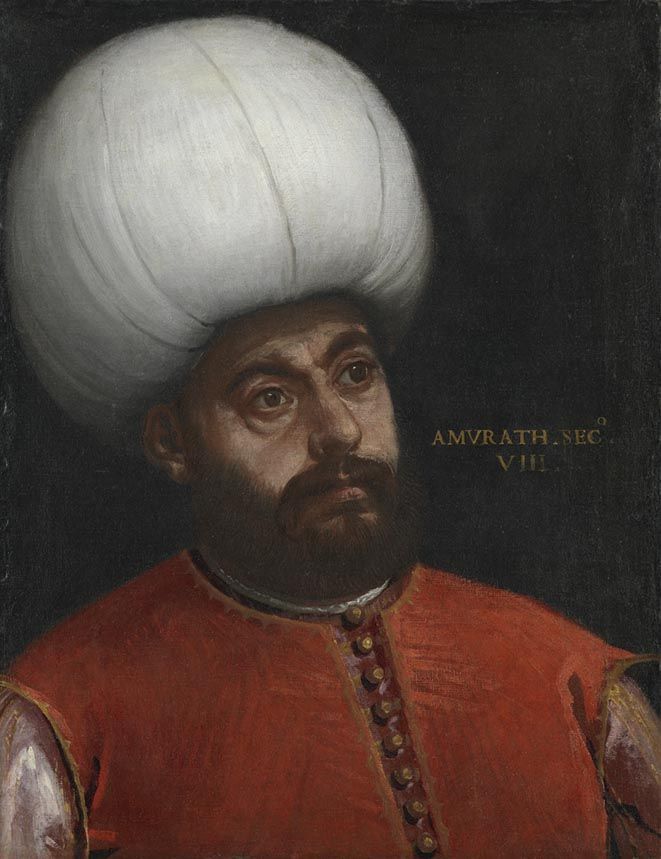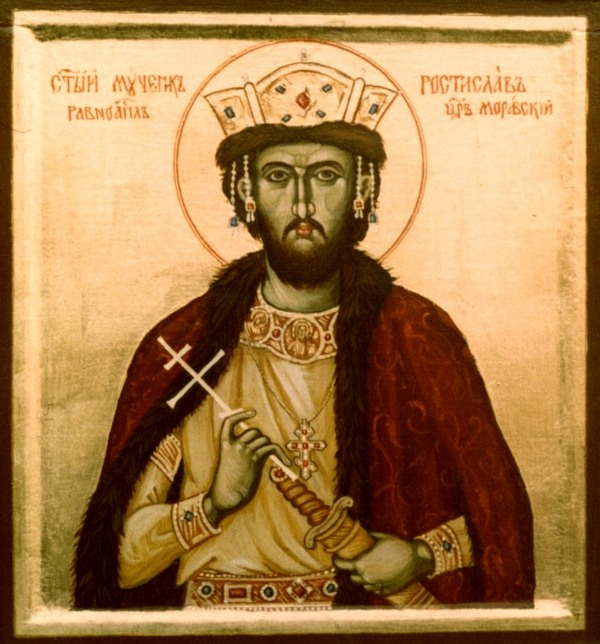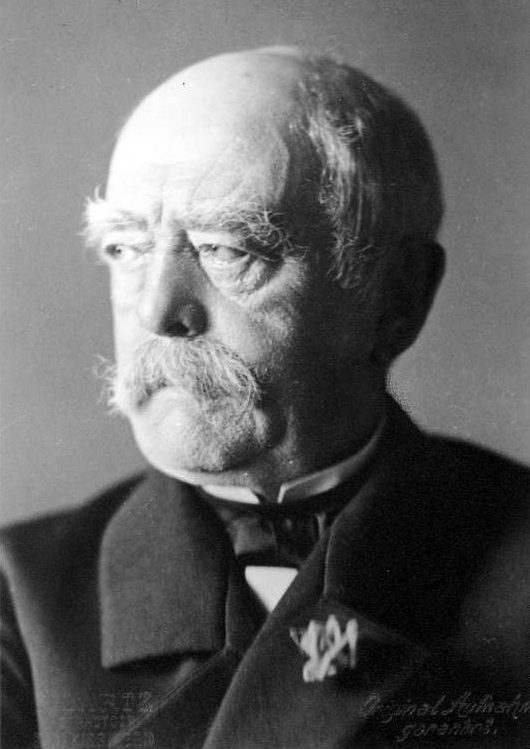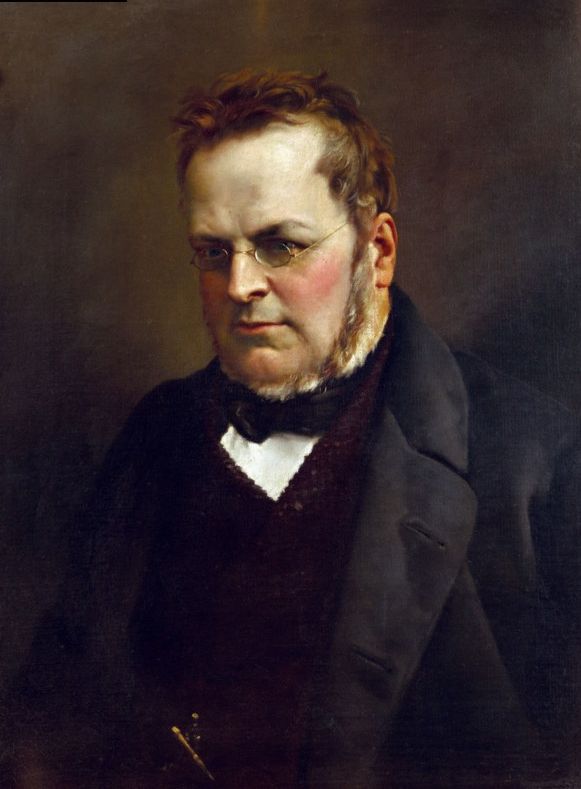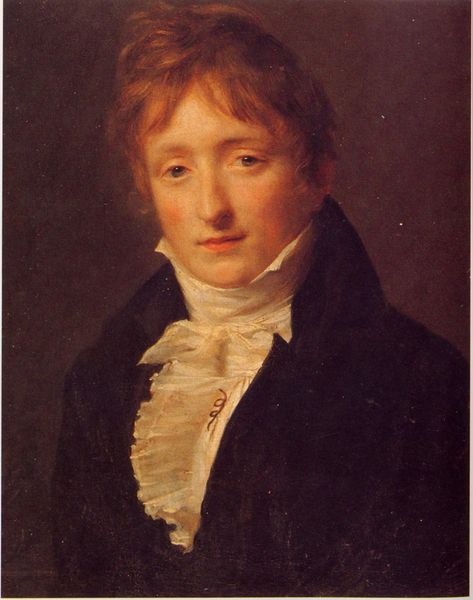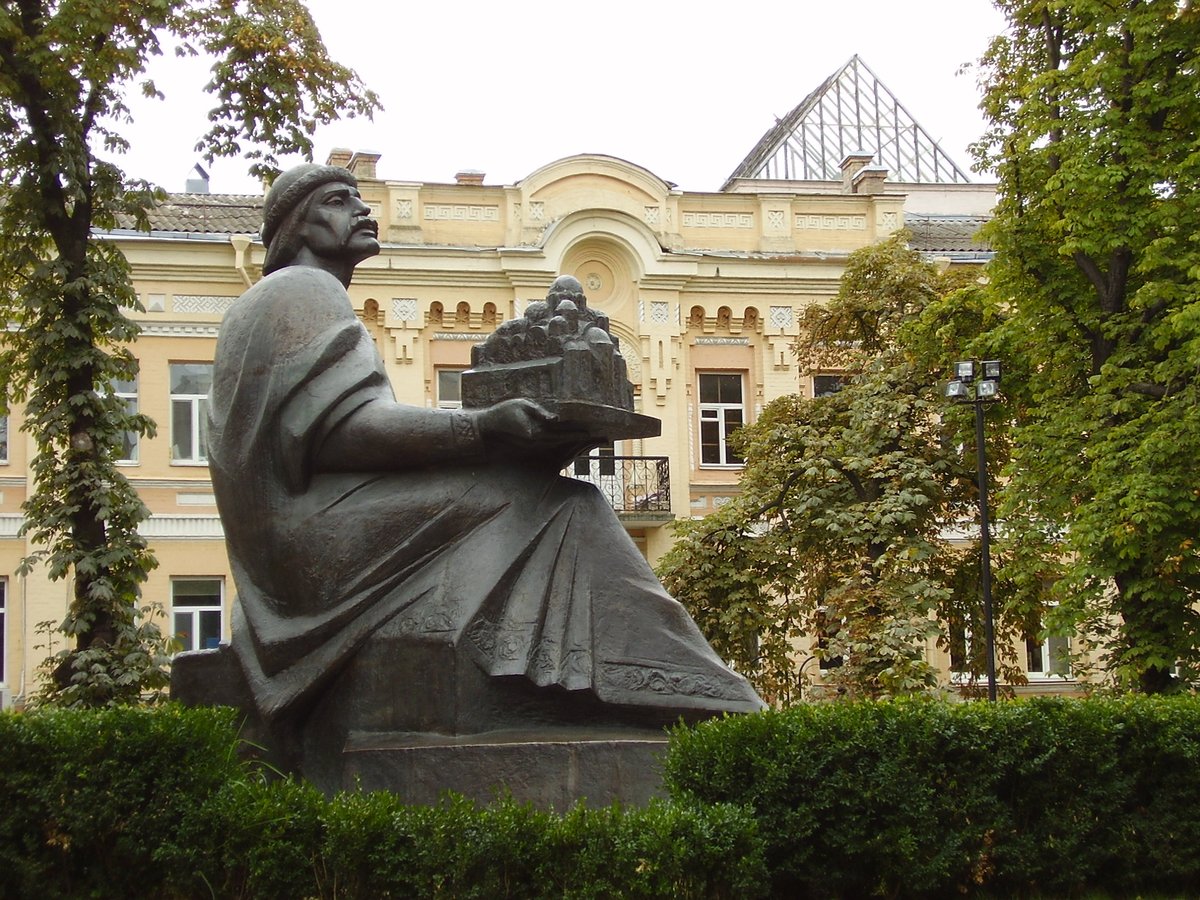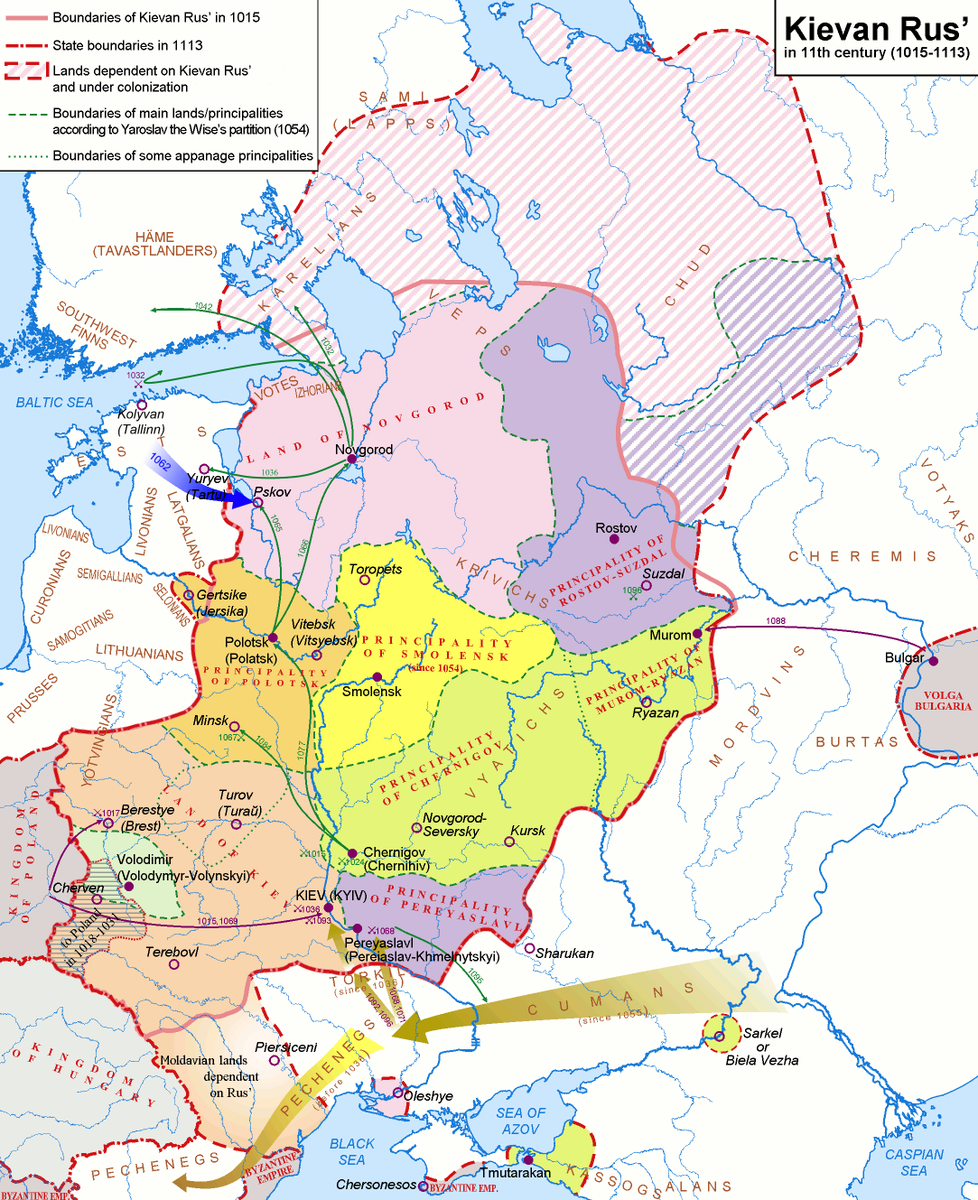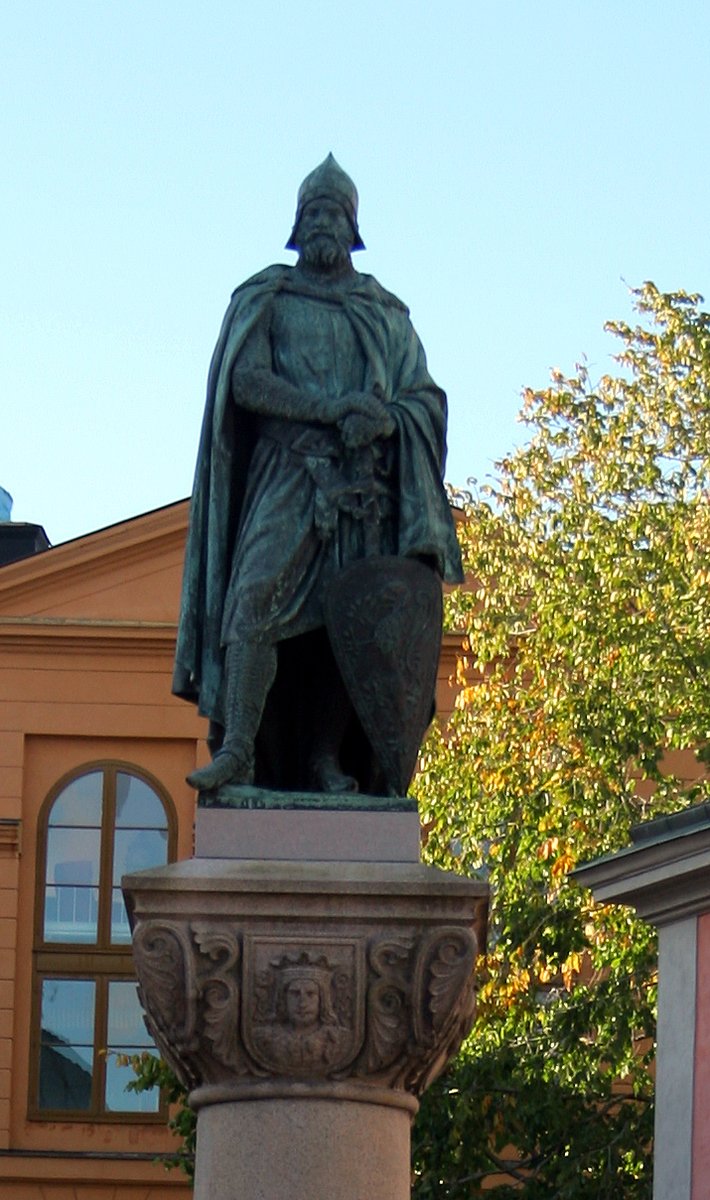A nation in turmoil loses an importance province.
A Queen seeking to reclaim her nation's authority.
A Governor looking to reverse the course and regain his nation's past glory.
Story in the evening ...
A Queen seeking to reclaim her nation's authority.
A Governor looking to reverse the course and regain his nation's past glory.
Story in the evening ...
https://twitter.com/Arby_K/status/1473119334323015681
Salvador Correia de Sá e Benevides was born in 1594 to Martim de Sá and Marie de Mendoza Benevides. His maternal family were prominent nobles of Cadiz in Spain, while his paternal ancestors played a significant role in Portuguese Brazil. 1/10 

In 1565, Estácio de Sá had founded Rio de Janeiro in Brazil. Both Salvador's father and grandfather, Salvador de Sá, had been Governors of Rio de Janeiro on different occasions and the younger Salvador followed them becoming Governor of the southern captaincies of Brazil. 2/10 

In 1624, the Dutch captured the Brazilian capital, Salvador. Salvador de Sá took part in the Spanish - Portuguese effort to retake the city in 1625. The Dutch had been at war with the Spanish and with Spain and Portugal under single rule, Dutch went after the Portuguese. 3/10 

In 1637, de Sá was put in charge of Rio de Janeiro. The same year, Johann Moritz von Nassau took charge of the Dutch colony in Brazil, which had grown after the failure of 1625. But before they could go head to head, events elsewhere overtook them. 4/10 

In 1641, the Dutch captured the Portuguese town of Luanda in West Africa. It was a crucial loss for the Portuguese in Africa. The Dutch received support from Kongo and Ndongo (Angola) against the Portuguese, especially from Queen Njinga Mbandi of Ndongo. 5/10 



The Portuguese had earlier reached an alliance with Ndongo. But after Queen Njinga came to power in 1624, and they intervened in the Kingdom's affairs against her, she found better allies. Meanwhile, change was also afoot in Portugal where Iberian Union had gotten broken up. 6/10 

Portugal broke away from the union with their own King. The new King initially gave de Sá a larger role in Brazil, but then rolled it back. But after the loss of Luanda, de Sá was brought in to advise the Portuguese War Council and was later made General of Brazilian fleet. 7/10 

In 1648, Salvador de Sá led the Brazilian forces to victory against the Dutch at Luanda. Queen Njinga's forces were also defeated and she took refuge in the Kingdom of Matamba, which she had conquered earlier. From there she led the resistance of Portuguese in the region. 8/10 

While de Sá took over Luanda and the nearby São Tomé and Príncipe archipelago for Portugal, the Dutch Brazil suffered a major defeat against the Portuguese. By 1954, the Dutch had lost its colony to Portugal. 9/10 

Salvador de Sá returned later to Brazil, but fell out of favour after his rule was seen to be too harsh. Luanda remained a Portuguese colony for centuries, eventually conquering its neighbouring Kingdoms, and became independent as Angola in 1975. 10/10 

• • •
Missing some Tweet in this thread? You can try to
force a refresh


